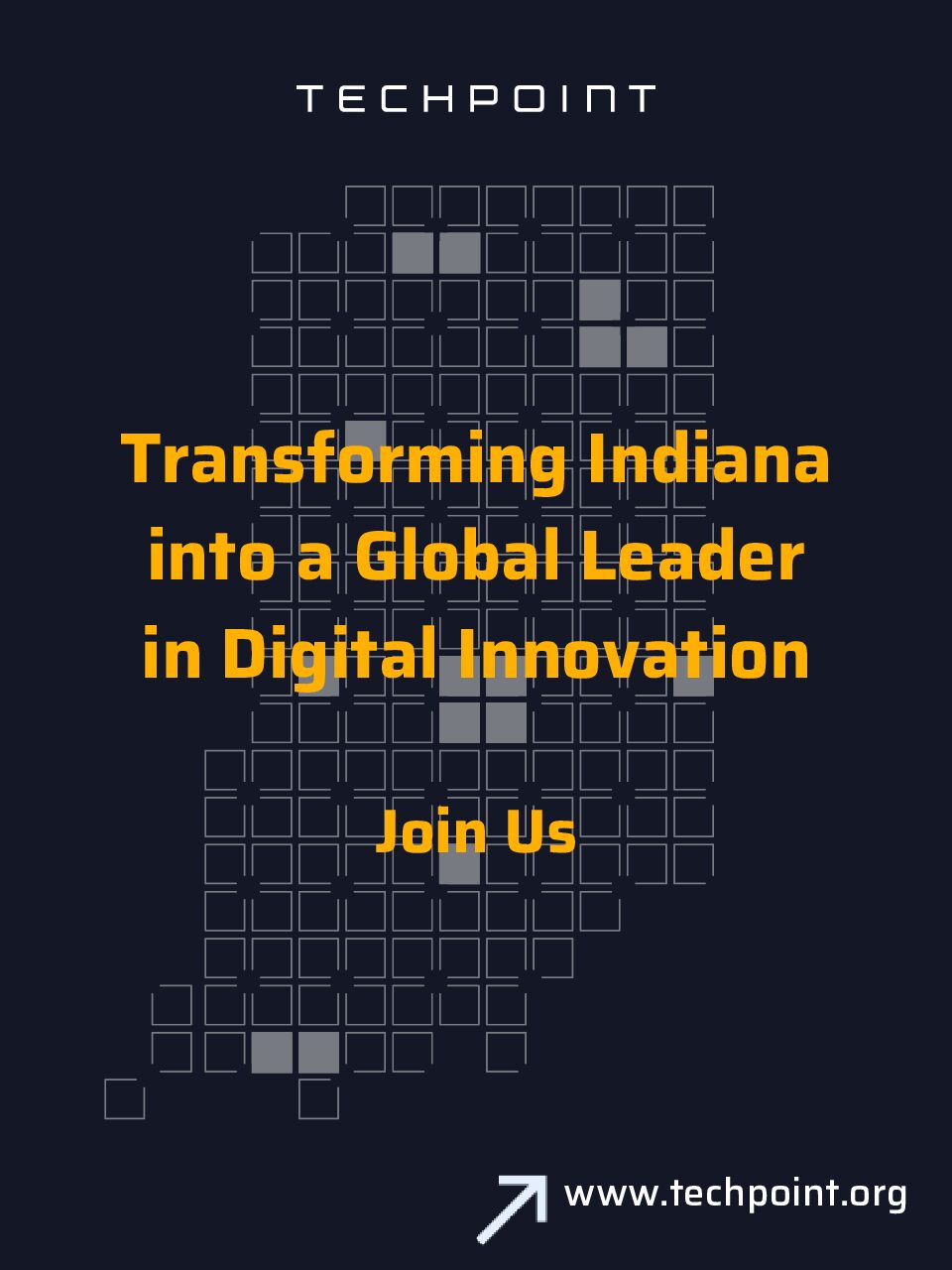Top five tech trends for your digital strategy
Allegion’s Director of Global Software Services Matt O’Dell outlines the top five trends in technology that you and your business should be watching in order to remain competitive in the tech scene.
Software and IT teams are constantly being challenged to reach customers in new ways, react faster to changing ecosystems, and deliver with even higher expectations of reliability, scalability and security. It’s critical to have a grasp on the newest technology that will be shaping the digital landscape.
Thus, I present to you, my list of the top tech trends that you need in your digital strategy. This is not a domain exclusive to innovation teams. This is not a prediction of where IT teams will be in five to 10 years. I’ve specifically avoided a few technologies like blockchain and quantum computing, which, outside of a few niche cases, are still a few years from transforming most industries. Depending on where you fall on the digital transformation spectrum, you may already be experimenting with or implementing some of these. For others, this may be a wakeup call to start developing new skills and researching how these concepts fit into your business strategy.
Edge Computing
What it means: For the last few years, customers have wanted globally scalable and highly available services, and enterprises want to take advantage of cloud automation. This has led to the rise of on-demand containers and serverless functions, but as soon as we make it to the cloud, it’s on the edge. Edge computing enables data gathering and analytics to occur on the source sensors, machinery, or devices instead of streaming everything to the cloud. Connectivity, bandwidth, latency and security issues coupled with an increase in computational power on edge devices make real-time storage, processing, machine learning and response possible.
What companies must do: Edge computing isn’t going to make the cloud irrelevant. Different situations call for either centralized or decentralized computing paradigms that work together for the best overall experience. Continue to develop an expertise cloud architecture, and plan for scale and availability. However, designing products for the future will require identifying a cloud and edge strategy will deliver the best overall experience.
Conversational Platforms
What it means: Bots are now ubiquitous. Nearly everyone has a Google Assistant or Siri in their pocket, or even Alexa in their home. Thanks to better natural language processing (NLP) and conversational interfaces that can track contexts through multiple interactions, the problem of dealing with the “right way to ask” is starting to go away. We’re now asking our bots to do more than tell us the weather or set a timer.
What companies must do: Develop a strategy around how you will interact with your customers through these interfaces. They can be helpful, or they can lead to confusion. While companies like Google, Amazon and Microsoft are building powerful platforms that we should be leveraging, it is still important that we understand how to build applications for this new type of interface, much like we did for mobile screen sizes and touch interfaces a decade ago.
Secure IoT
What it means: While not true for all, IoT devices have been notoriously unsecure. Even the most diligent of IoT developers will not be allowed to stand still. With increased intelligent automation, more and more value is being unlocked as devices work together autonomously in a connected network that even further integrates seamlessly into our customers’ lives. As the ecosystem gets more complex and the targets more valuable to hackers, we must stay well ahead of the status quo both for our own products and the products of the partners we choose to integrate with.
What companies must do: In the complex network of devices and services we will create, the weakest link may not be in our own products, but that doesn’t mean we don’t bear the risk. New opportunities will also lead to greater need for security and reliability that can be achieved by developing for open standards and fostering great partner integrations. We must become proficient at building security into our product development process through effective DevSecOps. And new tools and processes like Zero Knowledge Proof, Continuous Adaptive Risk and Trust Assessment (CARTA) as well as Blockchain IoT could hold the answers to putting your customers at ease.
Smart Factory
What it means: Not every tech trend touches our customers directly. Digitally interconnected plant operations, the application of machine learning and augmented reality have all created a nexus into Industry 4.0. This is the new wave of manufacturing made possible by plants generating massive amounts of data from equipment and sensors, that can then be leveraged across those plants with predictive models to optimize operations.
What companies must do: Apply machine learning to digitally interconnected plant operations and identify ways to let workers interact with new interfaces like augmented or mixed reality. This could ultimately allow them to work more efficiently and more safely, driving more productivity.
Ethics in Technology
What it means: The more we know about our customers, the better we can deliver experiences that exceed their expectations. But with connected devices and connected systems creating an ever-growing network of shared data combined with the application of machine learning and behavioral science, the temptation to abuse, exploit or manipulate those same customers – even unintentionally – is an ever-present risk.
What companies must do: Regulations like GDPR are trying to put the control of personal data back into the hands of its owner and hold companies responsible for misuse. With the current growth in digital data and shared ecosystems, we must ask the tough questions of ourselves to ensure we put customers first.
Tying it all together
The complexity of today’s digital ecosystem and its data infrastructure is staggering. No one can understand it all. APIs are the doorways that allow other developers to access our software and devices without knowing the gritty details of our implementation. Thus, these interfaces to our products and services are the key to enabling these and other tech trends.
That’s why it’s important to remember that there’s more to creating a successful API architecture than just adding RESTful web services on top of our applications. The overall orchestration and management of that infrastructure is a complex task. How well you do it will determine how successful you will be. Just like with a great basketball team, success is built on top of the fundamentals.
Discover more about how Allegion stays abreast of tech trends in Matt’s previous pieces.




